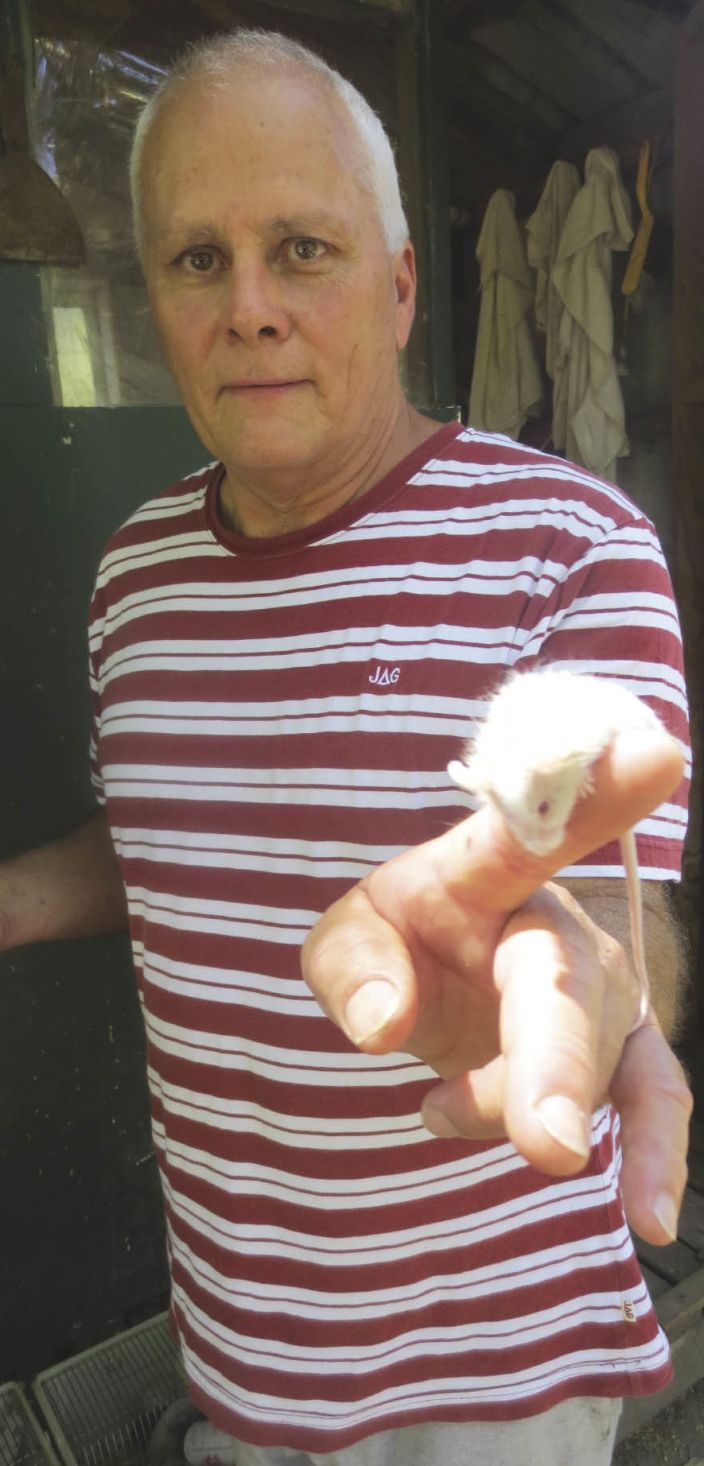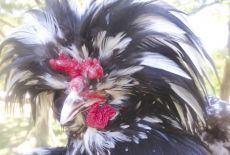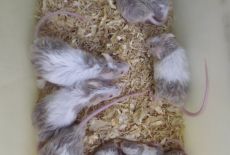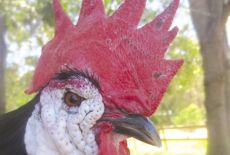
The Biology, Science and Technology Teacher has spent about 30 years building up a collection of pure breeding mice and chickens, which take up prime real estate out the back of his family home.
“I became interested when I was working in Milperra, in Sydney, and the Science Coordinator – a nun – told me genetics was boring and that I needed to make it more interesting. I obtained some white mice and some black mice from the CSIRO and asked my students to guess what would happen if we crossed them.”
The exercise surprised David and captivated his students.
“I expected them all to be black and most of my students predicted that the first batch would be grey. All of them turned out to be grey. We then crossed the greys and got three quarters non-grey (black, grey, brown and cinnamon) and the rest were albino.
“Science education is about changing kids’ understanding of genetics by providing them with credible evidence, but this also showed that things are not always as simple as we think.
“The kids were so interested and engaged,” David says.
“The traditional way of teaching Science can often be about students learning answers rather than asking questions. Students are asked to read this or look at that diagram and answer these questions but the research is saying the students are not getting the benefit from these approaches. Concrete, first hand experimental investigation is the way to go.”
David started collecting pure breeding mice from pet shops and the CSIRO – and people began giving them to him.











































































































































